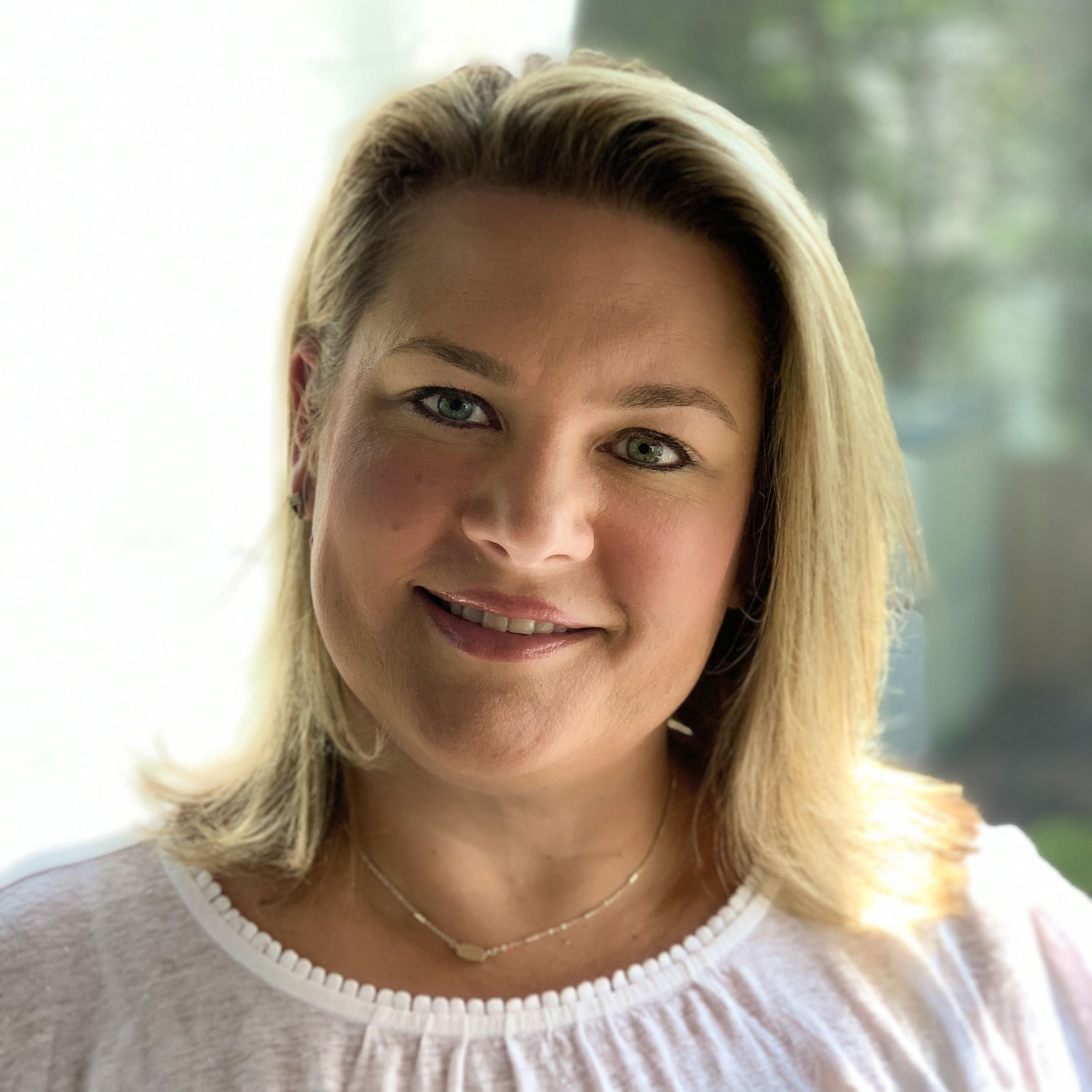Exclusive Merchandise Planning Event Reveals Six Focus Areas for Retail
Last week, we attended PI Apparel’s first Merchandise Planning conference, held in Brooklyn from October 23-24. PI Apparel has a strong history of industry events, typically focusing on product development and product lifecycle management (PLM). We were excited for the opportunity to take part in this inaugural event, particularly focused on another key Parker Avery service area.
While this conference was not as large as some other retail events, the focus on merchandise planning, coupled with the event’s size and format, allowed for closer conversations and the ability to meet many of the other attendees. Participants and speakers represented leading retailers and brands, including Abercrombie & Fitch, New Balance, Calvin Klein, Lululemon, Ralph Lauren, Dicks Sporting Goods, PVH, Calvin Klein, Gant, G-III, and more (several of whom are Parker Avery clients).
In attendance as event sponsors were several technology providers such as Centric, First Insight, NuOrder, Onebeat, Syrup, VibeIQ, and others. We were surprised that not more merchandise planning vendors showed up, as this area has been the recent focus of many Parker Avery clients’ strategic initiatives. Particularly with the infusion of advanced analytics into many solution sets, and increased interest overall by the retail industry, we believe vendors should be laser-focused on developing, promoting, and supporting science-driven retail planning capabilities.
That said, the Merchandise Planning agenda was packed with insightful discussions and presentations, and we enjoyed hearing perspectives from various retailers. Let’s unpack the six focus areas for retail that we gleaned from the two-day event.
Tech Jenga is real.
As the overall host, Steve Brown from Calvin Klein did an impressive job leading an ongoing dialogue throughout the conference and engaging the speakers and attendees with interactive question-and-answer sessions. We especially appreciated his reference to “Tech Jenga,” meaning if the retailer’s technology foundation is not sound, anything else built on top is at risk of failing. Nice visual, right?
MS Office is not a retail system.
It is clear that while many retailers and brands have mature processes and tools to support the merchandise planning function, there are still significant opportunities to move away from dependence on spreadsheets and PowerPoint for ad hoc analysis and reporting. We repeatedly see this same reliance on legacy tools in our clients. Moving away from what is familiar into new ways of working that are initially uncomfortable is much harder than most retail leaders realize.
Understanding extinguishes frustration.
Bailey Heckel of Ralph Lauren discussed “transformation choreography” and noted that while agile might be great for software development, it is not a good approach for delivering ongoing, sustainable change to the business. Mindfully ensuring your organization understands new processes, tools, and ways of working together mitigates or entirely extinguishes frustration and productivity impacts. The key takeaway here (with which we wholeheartedly agree!): make sure change and communication strategies are a part of your transformation.
Forecasting, planning, and inventory are intertwined.
Susan Stoklosa from G-III Apparel Group discussed key elements of forecasting and planning, and the need for agility in inventory management. We agree that these two functions absolutely must be integrated and collaborative. There is no sense in developing superior forecasting capabilities if the execution of inventory movement across a retailer’s supply chain is flawed.
Improving speed to market is table stakes.
Greg Petro of First Insight supplied his perspectives on customer-centric merchandise planning, retail headwinds likely in 2024, and the significant benefits of improving overall speed to market. Often, companies immediately blame their current technology as the barrier to speed. While that sometimes is true, we often find that process and role changes and/or tweaks in existing system configuration can have dramatic efficiency improvements—without the hefty price tag of a new system.
Merchandising growth requires a strategy and roadmap.
Naomi Gross of FIT and Steve Brown facilitated a closing panel discussion on the state of merchandise planning in the industry, the need for structure, and ensuring there is room for newness and growth in the assortment. On another level, it is important to have a strategy and roadmap for newness and growth in the people, processes, and tools that drive and support merchandise planning. Accountability for this growth and development is essential for your leadership team.
Overall, there was a common theme and uniform acknowledgment that programs and initiatives involving new processes and tools, especially those that touch merchant, planning, and other cross-functional teams, require a significant focus on organization and role alignment and emphasis on change management at all levels of the organization.
We enjoyed this inaugural merchandise planning event and appreciated PI Apparel’s attention to ensuring an engaging speaker lineup as well as ample networking opportunities. It was a worthwhile couple of days, and it is always enjoyable visiting Brooklyn in early autumn.
You may also like







